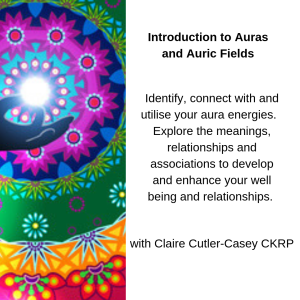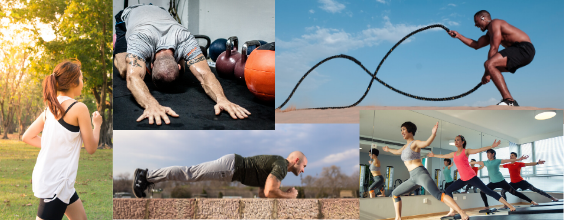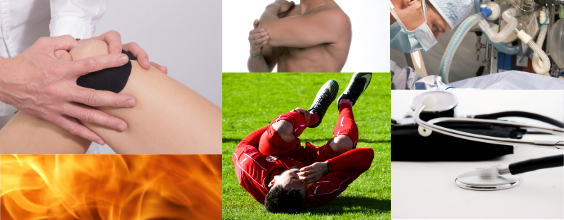I create and deliver various workshops to educate and empower you within your own healing journey.
If you’d like to receive regular details and be first to hear about privilege booking offers sign up my newsletter here
Many ancient traditions worked readily with these profound energy systems and traces of this can still be seen in practices such as yoga, tai chi and Qi gong.
In these workshops you have the opportunity to reconnect with this inner wisdom and explore these systems for yourself.
With a better understanding of the subtleties of these energy fields we can enhance our relationships with ourselves, those close to us and the wider world in general, creating ease and peace that transcends all our interactions.
Imbalances in this subtle energy system can include physical illness, physical, emotional and psychological discomfort, anxiety, hormone imbalances, lack of focus, poor communication, lack of confidence and self esteem, difficulty sleeping and lack of motivation and purpose.
Learning how to identify and harmonise your own imbalances is empowering, enabling progression towards peace, happiness and the life you desire, without force or effort.
Each workshop is a mix of theory, group discussion and guided practical application.
No prior knowledge or experience is required.
Group numbers are restricted to create supportive learning and sharing environments for sharing questions, exciting curiosities and exploring how you can work with each aspect for yourself, make it relevant to your current situation and fire up your dream of the future.
Light refreshments and a simple lunch are provided, please feel free to bring along anything that supports your personal dietary preferences.
Please note: I am sometimes ably assisted by my very handsome work colleague, a small, white fluffy bichon/maltese cross dog named pTerry. He will be on paw at the workshop to provide moral support and accept belly rubs. pTerry (the p is silent) is hypoallergenic and very people friendly.
Workshop details are below, please click on the booking link below each item for full details of current dates and prices for each workshop.
Introduction to meridians

In Traditional Chinese Medicine (TCM) the meridian system transports energy, also known as Life force, Prana or Qi, around our bodies, regulating, developing and harmonising us with our internal and external world.
Together we will discover the subtleties of the different meridians and develop a deeper understanding and respect for ourselves, those we care for and our wider communities as we explore
- Superficial and ancestral energy meridians
- Energy, what it is and where it comes from
- How energy systems develop and grow as we mature
- The different meanings, symbolism and associations of the superficial and ancestral energy meridian systems
- How to develop your own energy meridian systems to support your personal goals and aspirations
- Practical methods to enhance and harmonise your personal meridian flow
To find out details of the next workshop and privilege early bird booking information please click here
Introduction to deeper chakra energies

Did you know there are 114 identified chakra points on the human body? Whilst we don’t have time to explore all of them we will spend time gaining some useful knowledge and increasing our own personal understanding of the following:
- What chakras are
- Where chakras are found in the human system
- How chakras work
- How to identify chakra imbalances for yourself
- Practical methods to rebalance and harmonise chakras and the energies associated with them
- How to claim these powerful energies and utilise them to support your own personal development
With access to the subtleties of these energy centres we have the capacity to finely tune our life to be the experience we desire, without force or fear.
Full details of the next workshop and privilege early bird booking information can be found here
Introduction to auras and auric field energies

Develop an understanding of auras and auric field energies, their similarities and differences. Learn the associations with these energies, how to connect and work with these subtle fields to support you own personal well-being and development.
Create your own healing framework to resolve issues from the past and design the life you desire.
Whether we are able to see coloured auras or not, these fields of subtle energy surround and support us every day.
Reaching out beyond our physical body these fields connect us to the world and the universe beyond, providing useful links to the natural, supernatural, spiritual and cosmic realms.
Together we will learn how to access and utilise these energies to help us achieve the life we desire as we explore
- What auras and auric fields are
- Where auras are located
- How auras and auric field energies support us
- How to identify auric field imbalances for yourself
- Practical methods to cleanse, strengthen and harmonise your own auric field energies
- How to connect with these powerful energies and utilise them to support your own personal development
Full details and privilege early bird booking are here
Let go with grace, enjoy the peace of space
When was the last time you had a really great nights sleep and woke up feeling refreshed and ready to take on the demands of your day?
Are you suffering with cough and colds and blaming it on the change in the weather?
If you’re already struggling then take heart, When we feel out of synch with the energy of the season we get tired, sick, irritated without reason, on the edge of tears, feel unable to cope; all signs that our bodies need some support to adjust to the changing seasonal energies around us.
Nature gives us signs to help us adjust but we are often too caught up with bugs, back aches and unsteady feelings that we miss them.
In this accessible, online workshop we will explore simple techniques you can use at home to help yourself to let go of emotions and habits that no longer serve you and experience the freedom of peace and smoothing your journey through the inevitable trials and tribulations of life.
As we progress through autumn, it’s a time to have a good clear out, physically and metaphorically. What are you holding on to that is no longer serving you? Are you accumulating personal clutter that is getting on top of you, is it time to empty your emotional back pack and set yourself free?
We share useful tips and techniques, stretches, diet information to enable us to nourish and care for ourselves better, in season, as well as discussing some of the emotional associations with each meridian and how we can synchronise ourselves with these.
Grab your favourite mug, fill it with your preferred drink, cosy up in your slippers and snuggle into a comfy chair to join us, online as we explore the simple secrets of feeling better, everyday.
Please click
here to book your seat.
Tame your fire, take back control and live

Wherever you are in your cycle, or the cycle of life, this online workshop will help you take control of your hormonal ebb and flow, knock hot flushes out of the ball park and live the life you love.
With exploration around what is happening in the meridian energy flow and some useful practical techniques, finally you will be well equipped to take back control.
This 2 hour interactive session is hosted via Zoom, so you can participate from the comfort of your own home, wherever you are in the world, we’d be happy to welcome you.
Book your place and receive the workshop link and password. You will also receive 2 useful fact sheets to keep, via email, shortly before the workshop.
Join us and learn simple techniques to keep your cool, improve sleep, reduce anxiety and reclaim your life.
For details of the next workshop please contact me.















